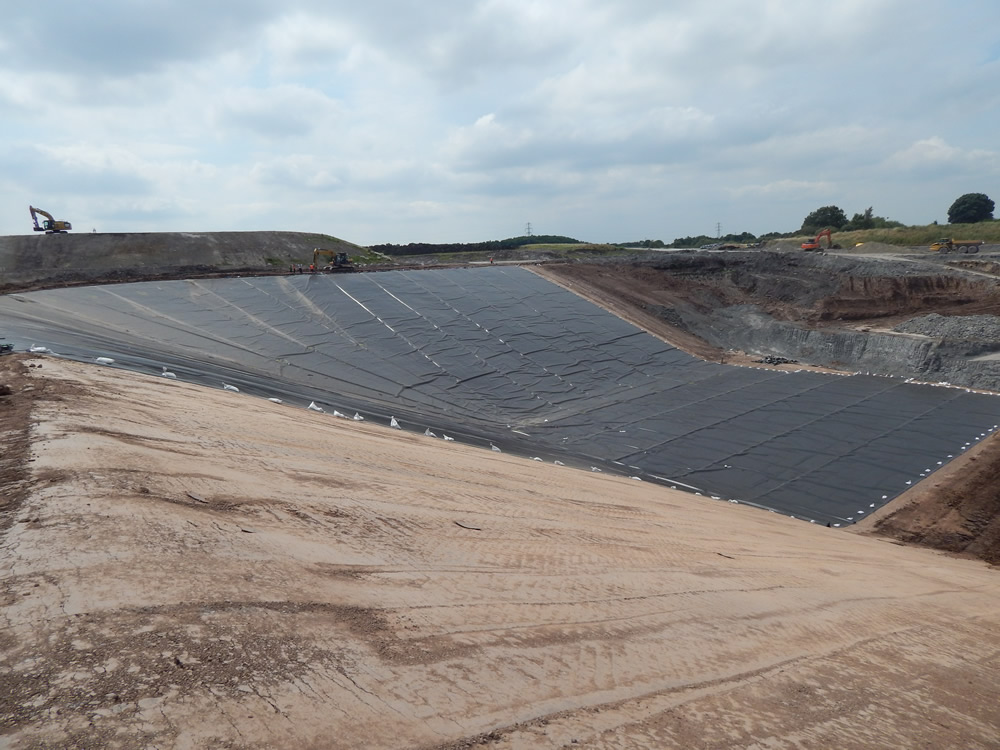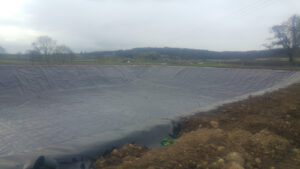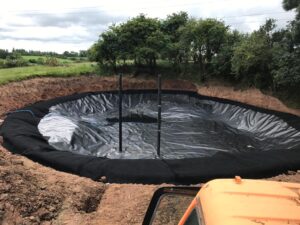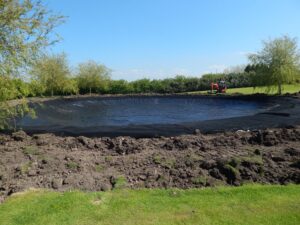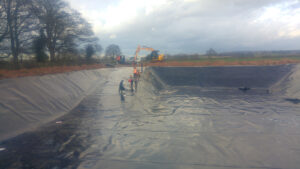Geosynthetic liners, known for their versatile applications in various industries, are increasingly playing a significant role in the recycling and renewable energy sectors. These liners offer essential solutions that contribute to sustainability efforts, ensuring efficient processes and environmental conservation.
Uses in Recycling Facilities
Landfills and Waste Management: Geosynthetic liners are integral in landfill construction, serving as barriers to prevent leachate from contaminating soil and groundwater. They ensure the safe containment of waste, contributing to environmentally responsible waste disposal.
Waste Containment and Sorting Facilities: Liners aid in the construction of containment structures in recycling and sorting facilities, creating barriers that prevent the seepage of contaminants and facilitating efficient waste separation processes.
Benefits of Geosynthetic Liners in Recycling
Environmental Protection: These liners prevent the infiltration of hazardous materials into the soil and water sources, minimising environmental contamination and preserving ecosystems.
Durability and Longevity: Geosynthetic liners offer longevity and resistance to degradation, ensuring the integrity of containment structures over extended periods.
Versatility and Customisation: They can be customised to fit specific project requirements, allowing for flexibility in design and application across different recycling and waste management facilities.
Applications in Renewable Energy
Biogas Production Facilities: Geosynthetic liners are utilised in the construction of anaerobic digesters and biogas production facilities. They create containment structures that store biodegradable materials for decomposition, facilitating the production of renewable energy in the form of biogas.
Benefits of Geosynthetic Liners in Renewable Energy
Gas and Liquid Containment: They effectively contain biogas, preventing its escape and facilitating its collection for energy production. In solar installations, liners prevent contaminants from affecting soil and groundwater.
Enhanced Efficiency: Geosynthetic liners contribute to the efficient operation of renewable energy facilities, ensuring the containment of materials and reducing maintenance needs.
Contribution to Clean Energy: By supporting biogas and solar energy production, these liners play a role in the generation of clean, renewable energy sources.
Environmental Considerations
Eco-Friendly Options: Some geosynthetic liners are manufactured using environmentally friendly materials, aligning with sustainability goals and minimising environmental impact.
Conclusion Geosynthetic liners are instrumental in promoting sustainability and efficiency in recycling and renewable energy sectors. Their ability to contain and manage waste, facilitate biogas production, and support renewable energy installations underscores their importance in the wider environment. As industries continue to prioritise sustainable practices and renewable energy sources, geosynthetic liners remain pivotal components in supporting these initiatives, contributing to a cleaner, more sustainable future.
To find out more about our products and services and how we can help you, please contact us using the below –
Tel: 01695 228626
Email: enquiries@enviroseal.co.uk

